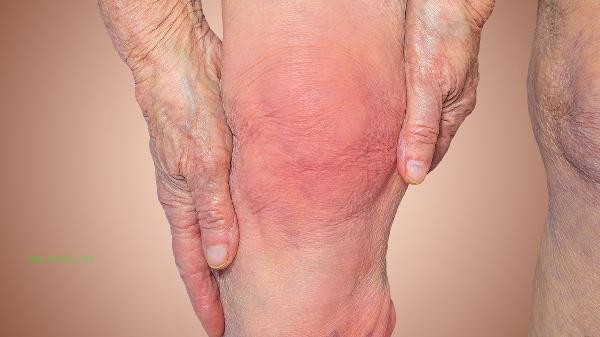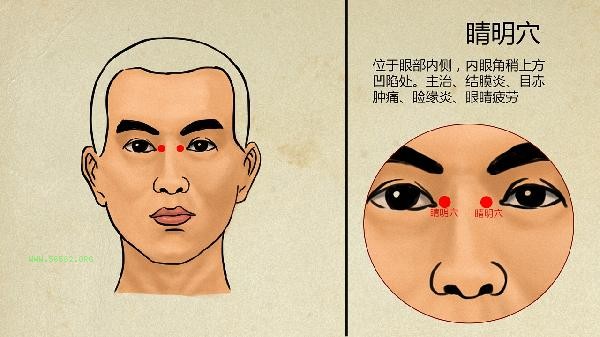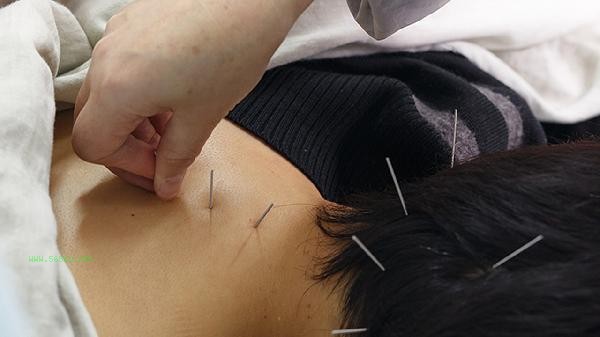Although liposuction surgery can quickly reduce local fat, there are risks of infection, blood clots, and uneven skin texture, which require careful selection. Surgical risks are mainly related to surgical techniques, postoperative care, and personal constitution. Preoperative assessment and compliance with
1. Infection risk. Liposuction surgery is an invasive procedure, and improper postoperative care may lead to infection. Infection may manifest as symptoms such as redness, swelling, pain, and fever. The key to preventing infection lies in strictly following the doctor's nursing guidance after surgery, keeping the wound clean and dry, and taking antibiotics on time. If there are signs of infection, seek medical attention promptly.
2. Thrombosis risk. During liposuction surgery, the suction of fat may damage blood vessels and increase the risk of thrombosis. Thrombosis may lead to serious complications such as pulmonary embolism. To reduce the risk of thrombosis, it is necessary to evaluate personal coagulation function before surgery, get out of bed as early as possible after surgery, and use anticoagulant drugs if necessary. If symptoms such as difficulty breathing and chest pain occur after surgery, seek medical attention immediately.
3. The skin is uneven. Liposuction surgery may result in uneven skin surface, especially in areas with thin fat layers. This phenomenon is closely related to the doctor's operational skills. Choosing experienced preoperative communication to fully understand the expected results and wearing shapewear after surgery can help reduce the occurrence of uneven skin. If there is obvious unevenness after surgery, secondary repair surgery may be considered.
4. Anesthesia risk. Liposuction surgery usually requires general anesthesia or local anesthesia, and anesthesia itself also carries certain risks, such as allergic reactions, respiratory depression, etc. Before surgery, it is necessary to inform the doctor in detail of personal medical history and drug allergy history, and the anesthesiologist will choose the safest anesthesia method according to the situation. Close monitoring of vital signs is necessary after surgery to ensure safe recovery.
5. Postoperative recovery issues. After liposuction surgery, discomfort such as swelling, bruising, and pain may occur, and the recovery time varies from person to person. After surgery, it is important to rest and avoid vigorous exercise. Choosing light and easily digestible foods can help accelerate recovery. If postoperative pain continues to worsen or abnormal symptoms appear, it is necessary to consult
in a timely manner. Liposuction surgery is not the only choice for weight loss. A healthy lifestyle, such as a reasonable diet and moderate exercise, is the key to maintaining an ideal weight in the long run. If considering liposuction surgery, it is essential to choose a reputable medical institution, fully understand the risks before surgery, and strictly follow nursing recommendations after surgery to ensure safety and effectiveness.








Comments (0)
Leave a Comment
No comments yet
Be the first to share your thoughts!